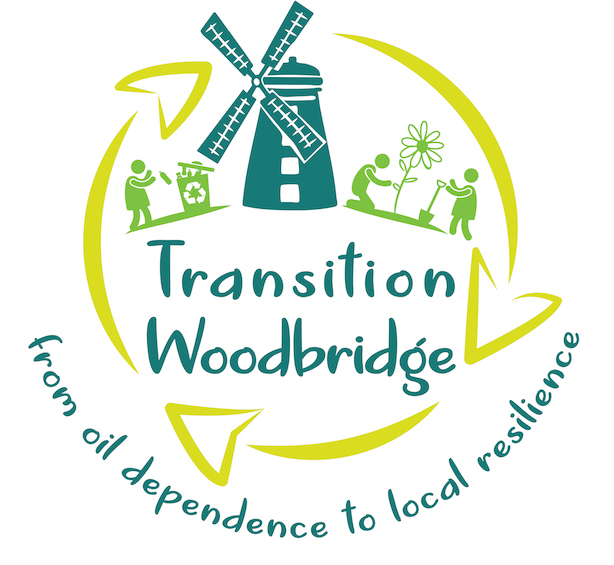Local Wildlife Corridors
Did you know that hedgehogs need to walk a mile or more in a night looking for food and a mate? – RSPB
The idea of wildlife corridors
This project, inspired by Felixtowe’s Community Nature Reserve, aims to provide routes (“corridors”) by which animals both large and small can move around without hinderance or danger. Built up areas can be difficult to navigate, but by joining together to create biodiversity-friendly spaces close together (such as in groups of gardens), we allow animals to move more freely. This is hugely important for many animals, insects, bats and birds to be able to move from one habitat to another.
About this project
This project is two-fold. On the one hand we want to create a patchwork of spaces in people’s gardens that are dedicated to, and focus on encouraging, nurturing and protecting biodiversity, that together form the “Community Nature Reserve”.
On the other hand we are trying to find out where we already have wildlife corridors, which will help us to study and improve biodiversity in our beautiful part of the world. For example, if we find that several gardens close together have ponds, we can look at how animals move between ponds, what barriers they face, and how we can make improvements to give nature an even better home. Our monthly newsletter will offer guidance and advice around things you can do to increase the number of animals, birds, insects and bats in your garden. You can also read about how to create wildlife corridors here.
Hedgerows, field margins, wetlands and woodland are all ‘wildlife corridors’ and act as a link from one environment to another. They connect individual – and sometimes isolated – habitats, allowing wildlife to move freely and safely between them, without threat from predators or traffic. – National Trust
Read about Transition Woodbridge’s 2024 open day for wild gardens!
How you can help
You can help by adding an area of your garden to the project. By filling in our survey below, you will be helping to provide a picture of the wildlife corridors and biodiversity around our area. The information you give will help identify places that need more help to link up with such corridors.
Once you have signed up, we will arrange a visit to record more specific details. If you develop your area further, for instance by putting in a pond or particular bee-friendly plant, then you let us know so we can keep our information up to date.
We’re encouraging gardeners and allotment owners to allocate three square yards (2.5 square meters) as a guideline to the project for starters. You can add a larger or smaller area if you wish. If you rent you can still take part in the scheme. If you don’t have a garden, because for instance, you live in a flat, you can dedicate a window box or planted pots to the scheme. You can group together with your neighbours.
Once you have filled in the survey below we recommend that you sign up to our monthly newsletter. Each mail out includes information, advice and tips for promoting and protecting biodiversity in your garden, allotment or green space, usually grouped around a theme (e.g. bats). You can sign up to our e-newsletter here.”
What’s next
We are hoping to get lots of spaces signed up so that we can review and provide you with scientific data from surveys we do of the data. This Citizen Science part needs a large core group in order to extract information. But that’s for the future! For now we are encouraging people to sign up”
